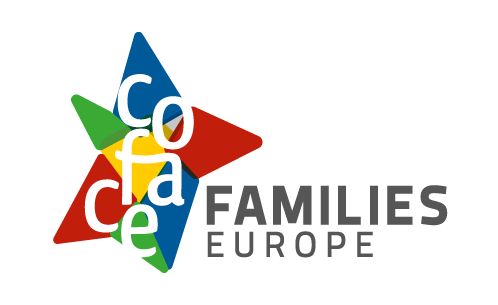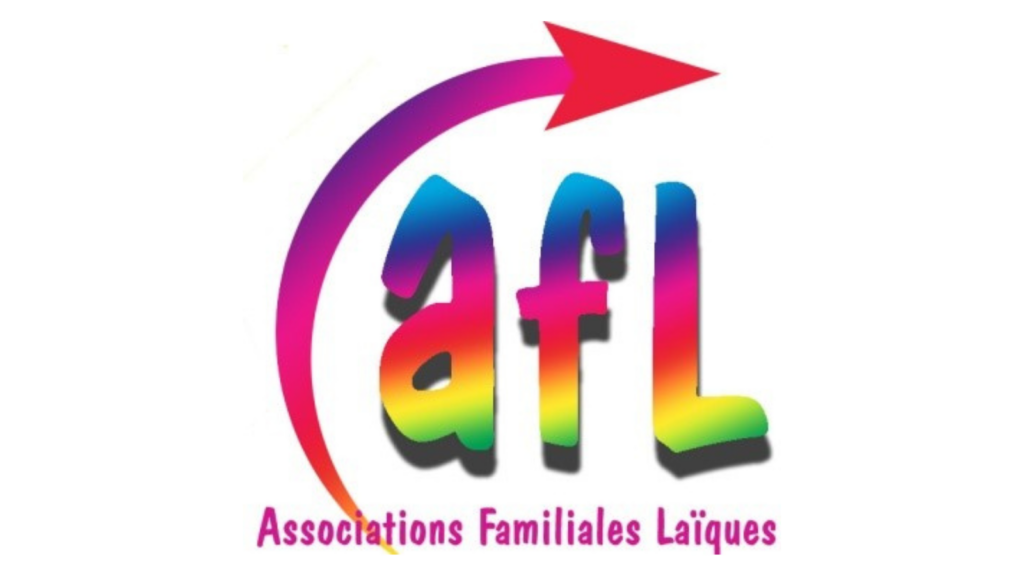Background
The European Semester provides a well-established framework for coordinating economic and employment policies of the Member States. Since its introduction in 2011, it has become a well-established forum for discussing EU countries’ fiscal, economic and employment policy challenges under a common annual timeline.
COFACE monitors the European Semester from a families perspective, namely the specific actions related to work-life balance, flexible work arrangements, inclusive education, early childhood education and care, and long-term care.
The European Semester continues to annually identify socio-economic challenges and provide guidance on the policy action needed to address them. For this purpose, the 2025 European Semester cycle plans to improve its analytical basis and strengthen the dialogue with Member States and other stakeholders on concrete policy actions. It is on this basis that the European Commission will provide country-specific recommendations (CSRs) to tackle main country-specific challenges identified in the Country Reports.
The analysis of the European Commission is based on different resources, including the EU Social Scoreboard and the Joint Employment Report (JER). The EU Social Scoreboard is a tool developed by the European Commission to monitor and assess the progress of EU member states in achieving social objectives. It forms part of the European Pillar of Social Rights, and is designed to track various social indicators, helping to ensure that economic growth in the EU is inclusive and beneficial to all citizens. The JER is an annual publication issued by the European Commission as part of the European Semester. The report provides an overview of the employment situation in the EU, assessing progress toward key employment and social objectives, and offering recommendations to Member States. COFACE has analysed the 2025 Joint Employment Report from an ECEC perspective.
First-stage Country Analysis 2025: General Overview of ECEC situation
ECEC is included explicitly in the EU Social Scoreboard. ‘Children aged less than 3 years in formal childcare’ is one of the headline indicators of the third chapter ‘Social protection and inclusion’. ECEC policy has naturally a direct impact on a broader set of social dimensions that are also monitored by the Scoreboard. To give but a few examples: ‘Gender employment gap‘, and ‘Gender gap in part-time employment‘.
The headline indicator monitors ‘children aged less than 3 years in formal childcare’, i.e. the percentage of the population under the age of 3 cared for by formal arrangements other than by the family. The indicator is based on EU-SILC (EU Survey on Income and Living Conditions), and in particular on the ilc-Caindform dataset. Data in the JER refer to the year 2023. The Social Scorecard included in the JER 2025 identifies:
- 11 countries in a satisfactory condition, meaning that their ‘scores’ vary from ‘good performance’, ‘better than average’ and ‘good but to monitor’.
- 6 countries are classified as ‘on average’.
- 10 countries have received a negative score, ranging from ‘weak but improving’, to ‘to watch’ and ‘critical situation’.
Click here to see the overview table
In this regard, let us remember two things: the Scoreboard offers a strictly quantitative snapshot incorporating two dimensions: countries’ ECEC participation in relation to the EU average (which is 37.5 per cent) and the trend of transformation of this participation. The Scoreboard, for example, does not assess dimensions (occasionally mentioned throughout the JER) such as financial inclusiveness of services (percentage of at-risk-of-poverty children participating in ECEC), or the relationship between participation in ECEC and availability of well-paid family leave, which varies widely across Europe: a relationship that has clearly significant repercussions on the decision to enrol children in formal childcare before their first birthday.
Another crucial aspect that needs to be taken into account is how the Scoreboard indicator, in calculating the participation rate, does not differentiate between full-time and part-time uptake to services (although the EU SILC datasets allow this). The impact of this fact must make us think, particularly in terms of the gender part-time employment gap, because we know that the ‘conciliatory’ effect of childcare services is not the same whether they are used for 30 hours or more per week or for a few hours per day.
The JER 2025 emphasises that participation in ECEC under three is improving but at a very low pace, calling for renewed efforts in line with the European Child Guarantee, the European Care Strategy and the Council Recommendation on ECEC. As mentioned, at EU level the share of children under three in formal childcare is 37.5%, reflecting an increase of 1.7 points compared to 2022 but still well below the new Barcelona targets (45%). Huge differences characterise the European scenario, however. To date, 10 member states have exceeded the 50%participation mark, whereas others, such as Slovakia and Czechia, do not exceed the 4.5% mark, on a declining trend compared to 2022. The trend extends to Romania and Poland, which despite recent reforms aimed at increasing participation are still in what the Scoreboard labels a ‘critical situation’.
The brief first stage analysis country factsheets contained in the JER 2025 present some notes on the ECEC situation in the 10 countries whose performance in relation to the ‘childcare participation’ indicator has been flagged as below average. Namely: Bulgaria, Czechia, Germany, Ireland, Lithuania, Hungary, Austria, Poland, Romania, Slovakia. Denmark, whose performance in terms of ECEC participation remains well beyond the EU average, is flagged as ‘to monitor’ in light of a recent decline in uptake.
Among these, 4 countries (Bulgaria, Lithuania, Hungary, Romania) will be subject to the second stage of analysis (countries considered to be at risk of upward social convergence, which will be subject to a more in-depth analysis, the results of which will be published in a separate document in spring 2025). Which begs the question: of the 10 countries flagged by the Commission for their unsatisfactory performance on ECEC development, why will only 4 be subject to a more in-depth second stage analysis? Building up ECEC participation is key to several EU strategies like the European Care Strategy and the European Child Guarantee and performance should be assessed very closely.
For more information, contact Martino Serapioni, COFACE Senior Programme Coordinator, European Observatory on Family Policy mserapioni@coface-eu.org





